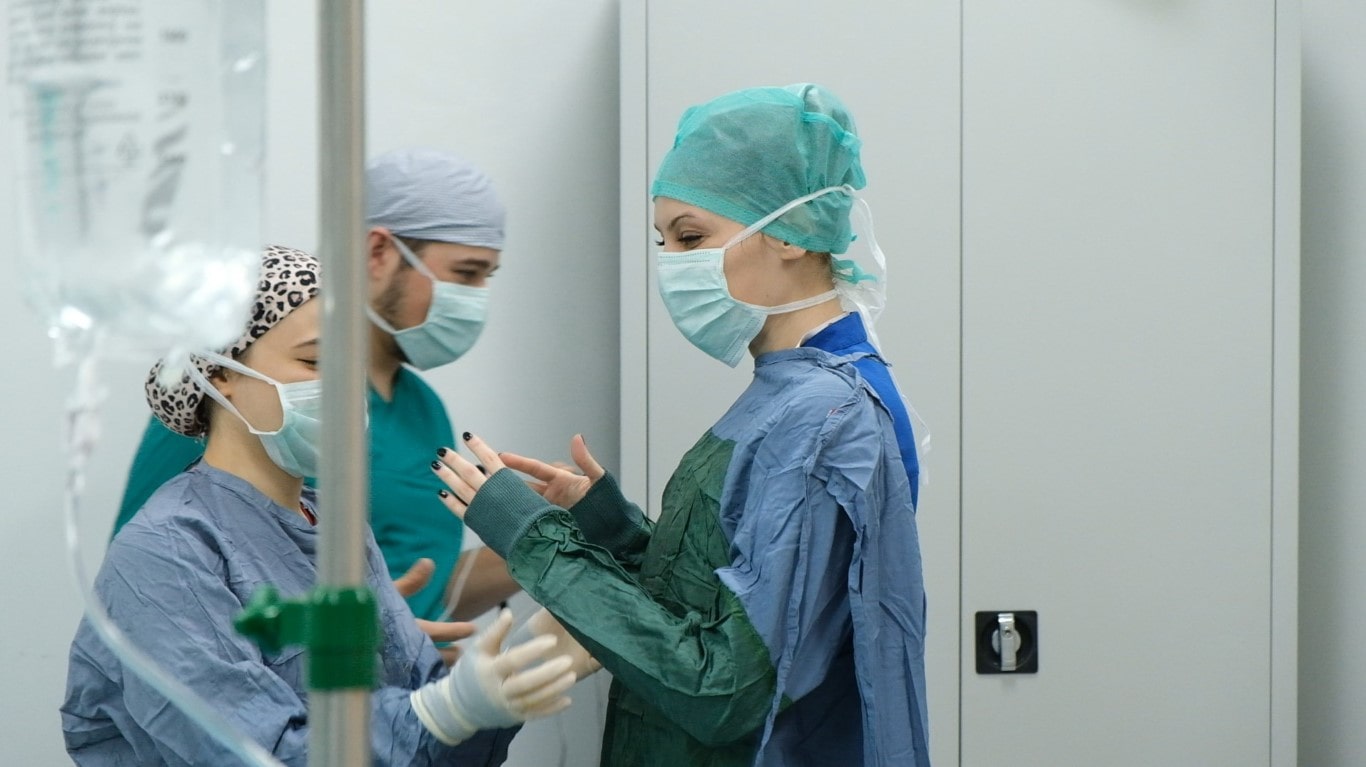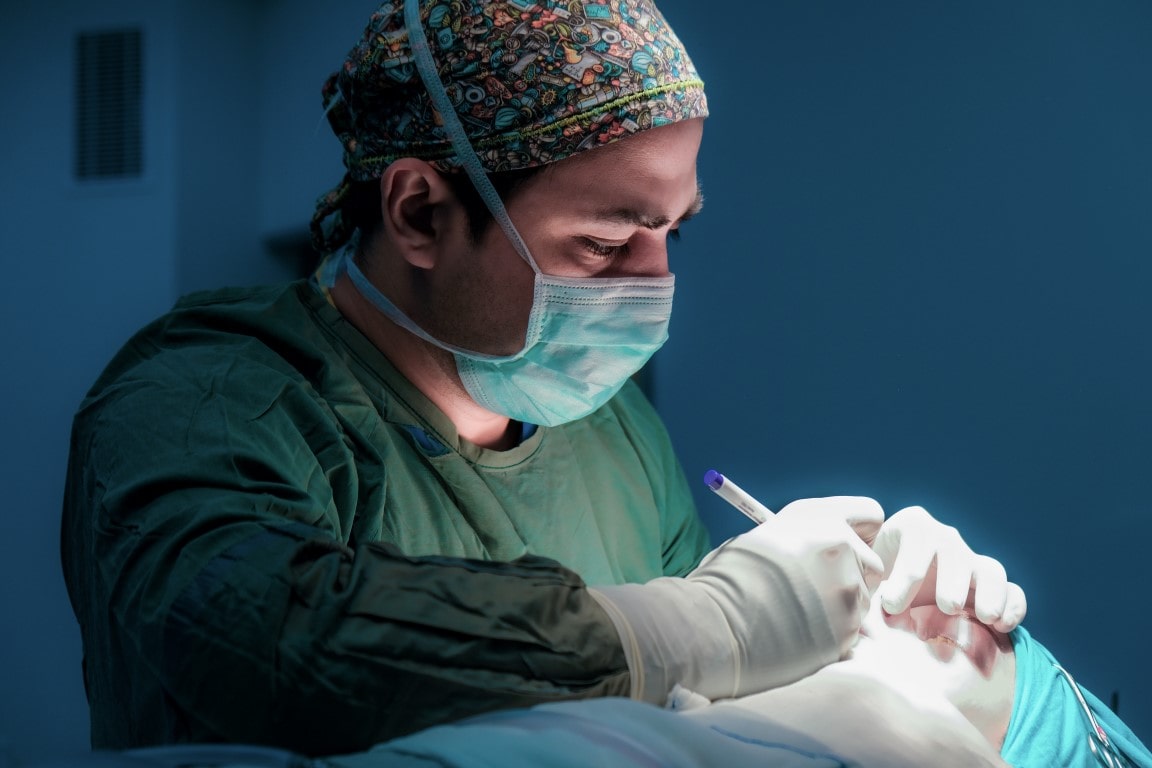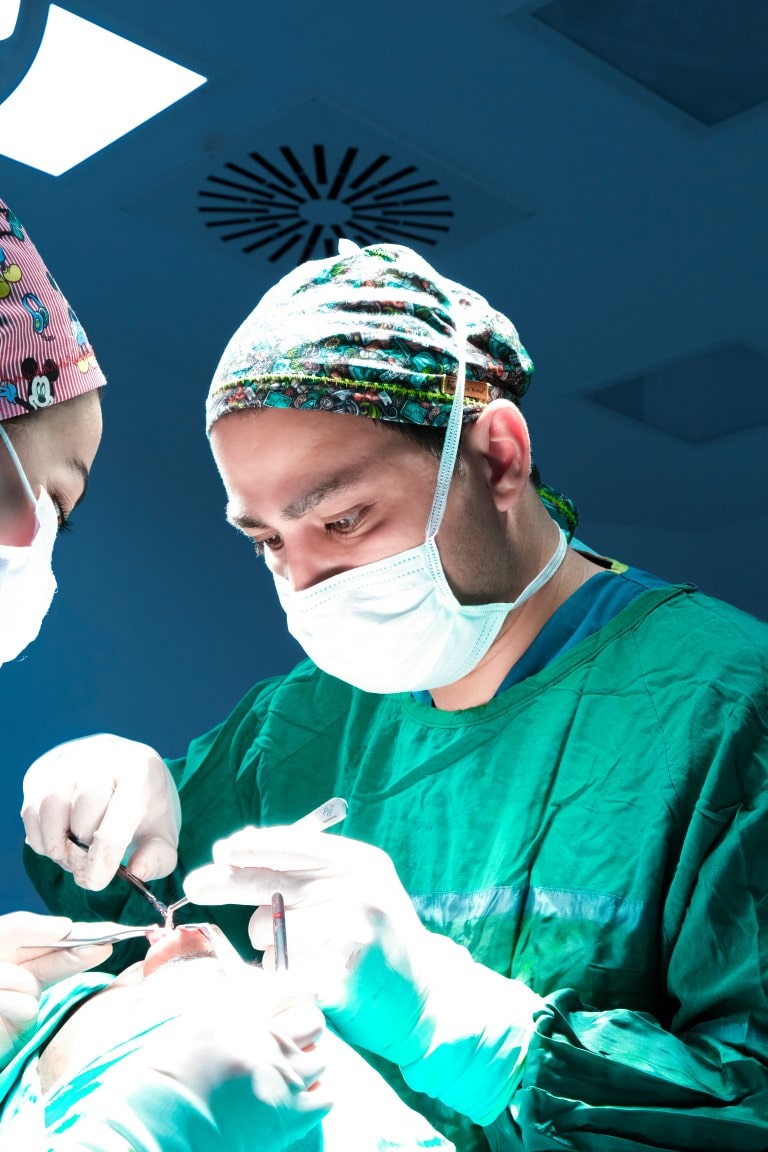Table of Contents
The Ins And Outs Of Plastic Surgery: How Many Times Have You Had It, And What To Do If Something Goes Wrong
For some, plastic surgery is a positive experience with great results – but for others, it can be a difficult decision to make and even more of a challenge when complications arise. In this article, we’ll explore the ins and outs of plastic surgery, including how many times you should consider having it done and what to do if something goes wrong. Read on to find out more!
Types of Procedures
There are many different types of plastic surgery procedures, and each has its own risks and benefits. The most common types of procedures are:
1. Breast augmentation: This is a surgical procedure to increase the size, shape, or fullness of the breasts. It can also be used to correct asymmetry or improve the appearance of the breasts after surgery or trauma.
2. Liposuction: This is a surgical procedure that removes fat from specific areas of the body, such as the thighs, hips, buttocks, abdomen, arms, or neck.
3. Tummy tuck: This is a surgical procedure that removes excess skin and fat from the abdomen and tightens the muscles of the abdominal wall. It can also be used to correct diastasis recti, a condition that causes separation of the abdominal muscles.
4. Rhinoplasty: This is a surgical procedure to change the shape or size of the nose. It can be used to correct birth defects, injury, or breathing problems.
5. Facelift: This is a surgical procedure that tightens loose skin and deep tissues in order to improve the appearance of wrinkles and sagging skin on the face and neck.
Pros and Cons of Plastic Surgery
There are many pros and cons to plastic surgery. On the pro side, plastic surgery can help people feel better about their appearance and improve their self-esteem. It can also be used to correct physical deformities or to reconstruct features after an accident or injury. On the con side, plastic surgery is expensive and carries the risk of complications and side effects. It is also important to note that plastic surgery is not a guaranteed fix for all of your problems – you may still have the same issues with your appearance after surgery that you had before. Ultimately, the decision whether or not to have plastic surgery is a personal one that should be made after careful consideration of all the risks and benefits.
How Many Times Can You Have a Procedure?
If you’re considering plastic surgery, you may be wondering how many times you can have a particular procedure. The answer depends on the procedure itself and your own personal health. Some procedures, such as Botox injections, can be done every few months with no ill effects. Others, such as facelifts, are more invasive and should only be performed every few years.
If you do second time procedure at the same area you need to wait for minimum 6 months.
What To Do if Something Goes Wrong
If you experience any complications after your plastic surgery procedure, it is important to contact your surgeon right away. Some common complications include infection, bleeding, and scarring. Your surgeon will be able to advise you on what to do next and help you resolve any issues.
Alternatives to Plastic Surgery
There are plenty of alternatives to plastic surgery that can help you achieve your desired look without going under the knife. These include:
1. dermal fillers: Dermal fillers are injectables that can add volume to specific areas of the face, such as the cheeks, lips, and under-eye area. They can also help reduce the appearance of wrinkles and fine lines.
2. Botox: Botox is a neuromodulator that temporarily relaxes the muscles in the face, resulting in a smoother, more youthful appearance. It is often used to treat forehead wrinkles, crow’s feet, and bunny lines.
3. radiofrequency treatments: Radiofrequency treatments use radio waves to heat up the deep layers of skin, stimulating collagen production and tightening the skin. This results in a reduction in wrinkles and an overall more youthful appearance.
4. laser skin resurfacing: Laser skin resurfacing uses lasers to remove the top layer of damaged skin, revealing fresh, new skin underneath. It can be used to treat wrinkles, sun damage, pigmentation issues, and scars.
5. microdermabrasion: Microdermabrasion is a mechanical exfoliation treatment that removes dead skin cells from the surface of the skin using a small handheld device. This reveals brighter, smoother skin and can also help reduce the appearance of fine lines and wrinkles
Conclusion
Plastic surgery is a great way to improve your appearance, but it should always be done carefully and with the utmost attention. Before deciding on having plastic surgery, make sure you do research about the doctor performing the procedure and inquire about any risks or possible complications that may arise. It’s important to remember that not all procedures are successful and if something does go wrong, there are steps you can take to rectify the situation. Plastic surgery can drastically change your life for better or worse, so it’s essential to know what you’re getting into before going ahead with any type of operation.





